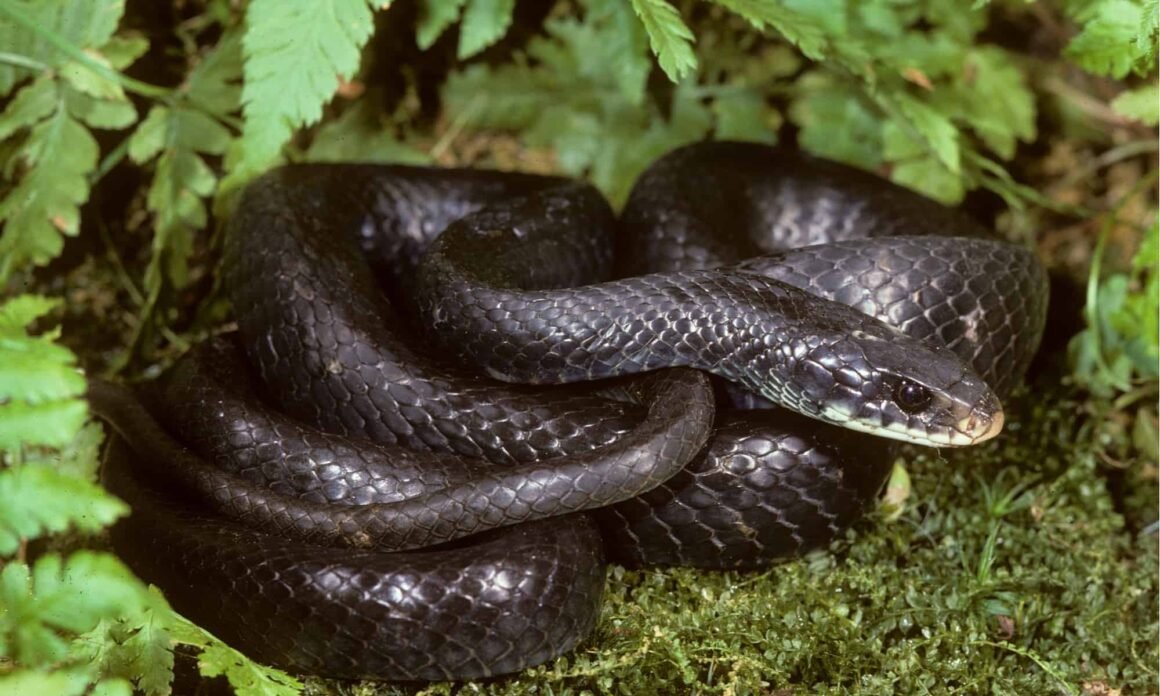
Our Atavistic Fears
When I sit in my garden office, I often smile at the squirrels, rabbits, and birds as they move about eating and socializing. But on the times that I see the local black snake, I cringe a bit. Now, intellectually, I understand that a black snake will not harm me unless I mess with it and that they are good for the garden. But subconsciously, I cannot get beyond the atavistic fear of snakes programmed into humans.
These atavistic fears go well beyond snakes. Most things that are strange and outside of the group cause atavistic fear until they become familiar. Like snakes, some things take longer to become familiar and lose our atavistic fear of them. I suspect this is true for many things in life and may be the root cause of racism. If that is true, if we want to root out racism, we cannot do with a surface appeal to the conscious mind. That just gets people to say they are accepting of other races, but not really mean it when things get tough. No, we need to appeal to the subconscious as well. If a race presents a threat, even at the subconscious level, we will not stamp out racism. And that is why DIE (Diversity, Inclusion, and Equity) will not work and may even do more harm to race relations than good. When we see DIE hires that are unqualified and take jobs away from us, we perceive it as a threat even if we do not consciously admit it.
The only way to root it out is by living Dr. Martin Luther King’s Dream. Funny thing, you hear little about him or his dream any more.
I suspect the same atavistic fears apply to ideas as well. As Machiavelli put it, change is hard. He wrote:
“It must be considered that there is nothing more difficult to carry out nor more doubtful of success nor more dangerous to handle than to initiate a new order of things; for the reformer has enemies in all those who profit by the old order, and only lukewarm defenders in all those who would profit by the new order; this lukewarmness arising partly from the incredulity of mankind who does not truly believe in anything new until they actually have experience of it.”
Consider an example. My wife has a very good friend who is liberal. She once told my wife that “conservatives are mean”. My wife looked at her and said, “Do you think I’m mean?” That flustered her friend, and she mumbled something about, “You’re different.” Different how? Because she knows my wife well and sees that she is a caring, compassionate person?
For her, I suspect that conservatives are mean and uncaring—or caring only about profits. To an extent, I cannot blame her. Conservatives do not go out of their way to project compassion. I know many compassionate conservatives, but most keep it close and do not display a public face of compassion. Perhaps that is something conservatives can do to make themselves more approachable and less scary.
The concept that conservatives can be compassionate and caring is a significant shift in consciousness for many liberals. I distinctly remember the head of my doctorate program talking about a conservative friend, perhaps the only one she really knew. She said something like “for a conservative, he’s a pretty good guy”. Not the exact words, but the general gist and perhaps even more condescending. I remember shuddering and wondering how she would react to a conservative saying the same thing about a liberal. I suspect a verbal barbeque would have happened.
 We see the same thing on the other side of the divide with conservatives looking at liberals. They often think liberals are soft-headed and cannot carry on a critical thought and never met a social cause they would not embrace.
We see the same thing on the other side of the divide with conservatives looking at liberals. They often think liberals are soft-headed and cannot carry on a critical thought and never met a social cause they would not embrace.
I suspect each side, based on atavistic fears of the unfamiliar, sees the other side as a black mamba snake—extremely deadly. Both sides think the other is a threat to, on the left “democracy”, and on the right a threat to the “republic”. The truth is that both are different species of black snakes. Both are  healthy for the garden which is our country, but they do not cohabitate readily.
healthy for the garden which is our country, but they do not cohabitate readily.
Even though, as Machiavelli said, change is hard, if we want to save the country, we need to put our atavistic fears behind us. To understand that those who seek to divide inspired those fears.
Remember that Goldwater and Kennedy were civil to each other, if not friendly, and that Tip O’Neill and President Regan had a cordial relationship? This division was a distinct effort, created by the news media and thought leaders on both sides of the divide. Or are they?
We need reliable information and critical thinking skills to understand our complex environment.





